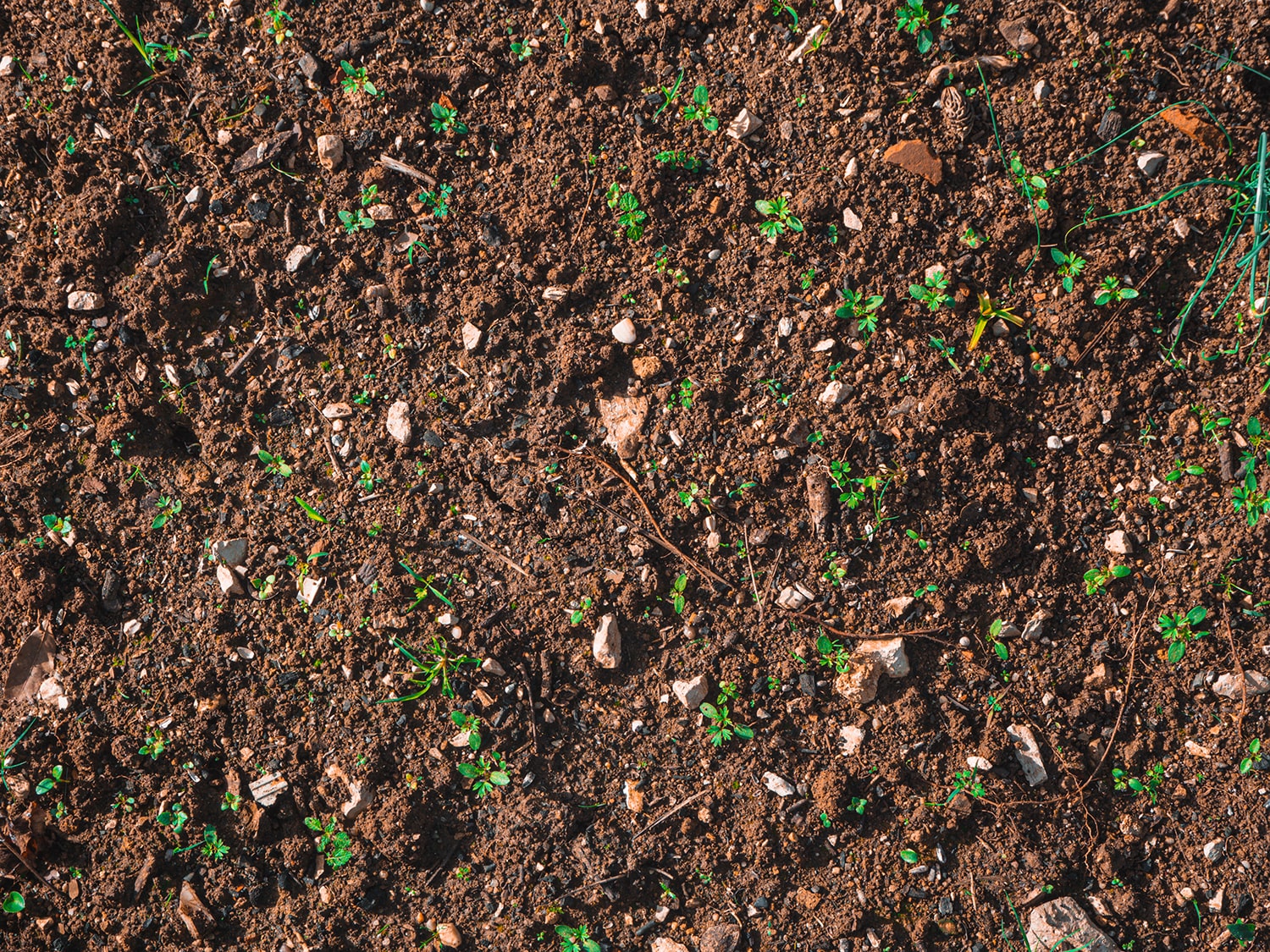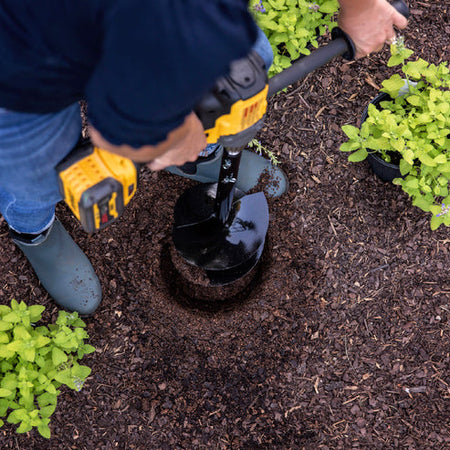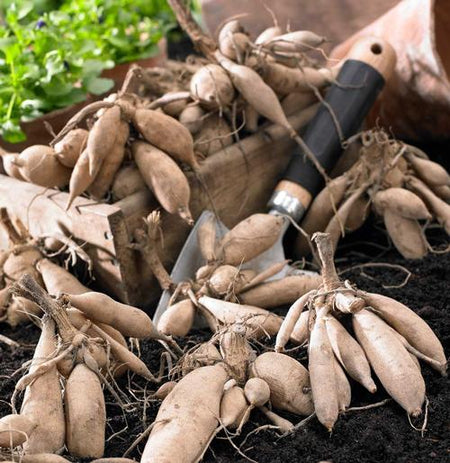Gardening is an activity that can reduce stress and improve the appearance of your yard. There are so many flowers to choose from, and the combinations of plant life can help elevate the beauty of your property and boost the native ecosystem.
However, when unexpected visitors interrupt the party, it can detract from the elegance of the greenery. Weeds and gardeners often have a strained relationship. Thankfully, with the proper strategies, even the most rookie horticulturalist can achieve a well-groomed nursery. Here’s how to prevent weeds in your flower beds.
Why Weeds Can Be Harmful to Plant Growth
Weeds often have a mind of their own, no matter how many times you yank off their heads. One redroot pigweed can create up to 30,000 seeds in a season, resprouting for up to 70 years. When nasty undergrowth arrives, it tends to be aggressive. It competes with beneficial flowers and plants for water, nutrients and sunlight. Often, because the good plants don’t have enough nitrogen, phosphorus or potassium, they become prone to insects and diseases.
Invasive greenery also occupies valuable space and disrupts the ecosystem. Many weed varieties can sprout in areas not of their natural habitat, making it easier to occupy a residential flower bed. Some weeds even welcome parasites into their stems or roots, which can lead to starvation, disease and pests. Weeds are often deemed harmful to other plants and some have accelerated growth patterns, making it imperative to nip the problem in the bud, literally.
Weeding Mistakes to Avoid
As much as you’d probably like to ignore them completely, weeds are one of those problems that get worse if left untreated. Although you might think all it takes is mowing the lawn or a few spritzes of weed killer, removing those weeds requires hard work and attention. Here are a few mistakes that many gardeners might make when learning how to prevent weeds in the garden:
- Dumping weeds on the ground. The battle isn’t over when weeds have been pulled. Those weeds that are still in flower are still able to produce and drop seeds.
- Being careless with mulch. Some mulch formulas are laced with bad seeds, most commonly straw and woodchip mulch. To avoid introducing weeds to your garden, buy from reputable nurseries instead.
- Breaking roots. Digging by hand may help prevent weeds most of the time but roots often break as they’re being pulled. The leftover bits can create new plants — so be vigilant about those weed roots.
Methods to Prevent Weed Growth
Many harmful weeds take on the appearance of their pretty flower counterparts, making it difficult to tell the varieties apart. If you’re not sure how to reduce weeds in the garden, remember that all it takes is the right strategies.
Weed control can be broken into five categories: preventative, cultural, mechanical, biological and chemical. Although the environment, field conditions, equipment, products and preventative measures do make a difference, these tips for how to stop weeds in the garden can help, too:
- Try a bit of chemical help. Pulling weeds by hand can get old very quickly and could lead to back pain and sunburn if you’re outside all day. Try pre- and post-emergent weed killers; they zap ungerminated seeds and prevent any new ones from growing.
- Mulch responsibly. Mulch’s thick ingredients keep soil moist and cool while depriving weeds of sunlight. Some mulches might even attract weed-eating insects such as crickets and carabid beetles. Just be sure to reapply the mulch when the top layer starts to think.
- Look in the house. Some holistic gardeners suggest kitchen products to keep the weeds away. However, vinegar might damage the good plants in your garden, so be careful about where you spray. Additionally, too much salt or vinegar can change the pH balance of the soil, so be judicious in your choice of product.
- Nurture the landscape. Weeds thrive in dry, open and sunny areas. Planting seeds close together — perhaps by using block spacing instead of rows — might reduce the possibility of unwanted greenery ruining the growth of vegetables and flowers.
- Be sparce with water. Weeds need water, too. Although it may be more convenient to turn on the sprinklers or blanket-water the entire plot, be careful. Try to deprive weedy areas of H2O by using a soaker hose or aiming the nozzle at the base of the garden plants.
- Lay barrier fabric. Designed specifically for weeds, barrier fabric can guard against them while promoting healthy growth of good plants. However, don’t use it around bulbs or annuals. Opt for a barrier with a 20-year life expectancy, to prevent going through the process again too soon.
Once you’re equipped with the proper strategies on how to avoid weeds in the garden, take a look at our augers — great for weeding, tilling and other tasks in the garden. By digging quickly and easily, augers can reduce the amount of work required to make your garden beautiful. We also offer a guide on how to choose the proper size, drill and approach for a landscape or gardening project. We’d love to assist in any way we can, so contact Power Planter with any questions on how to keep weeds down in the garden.







